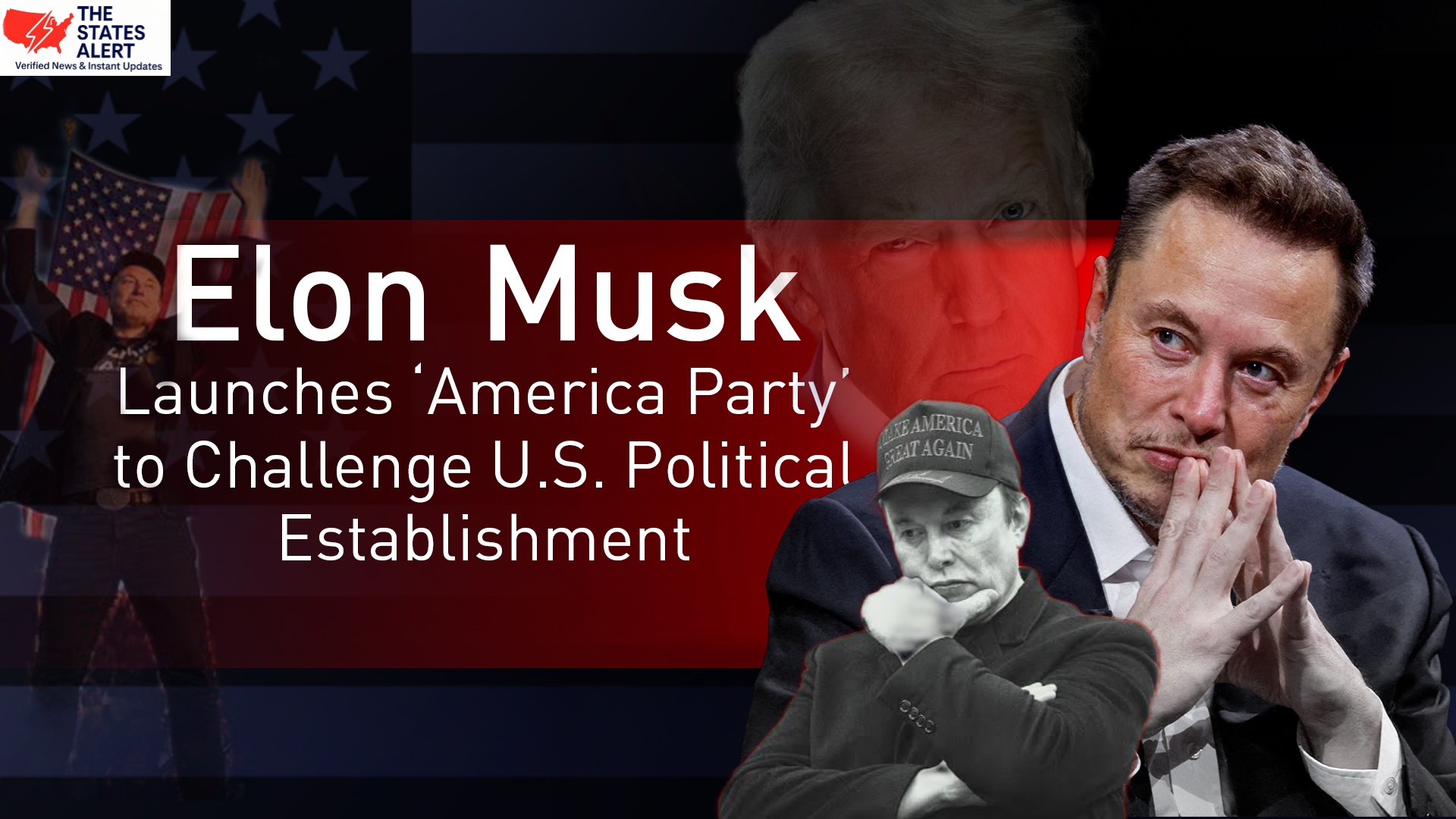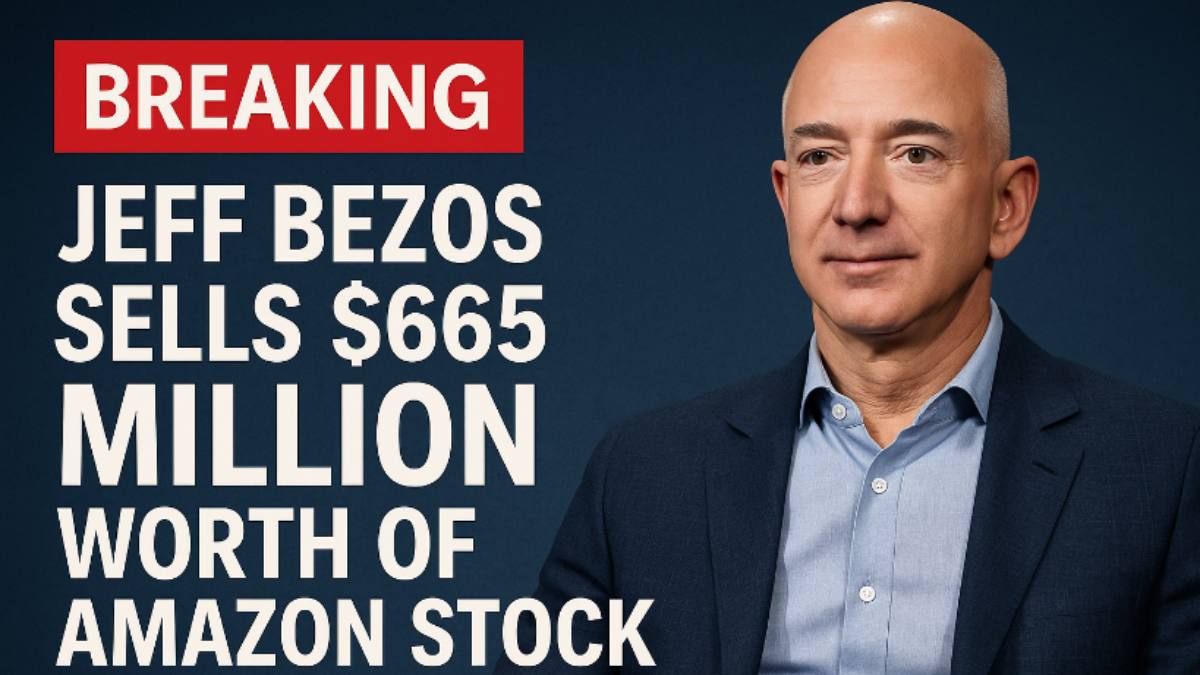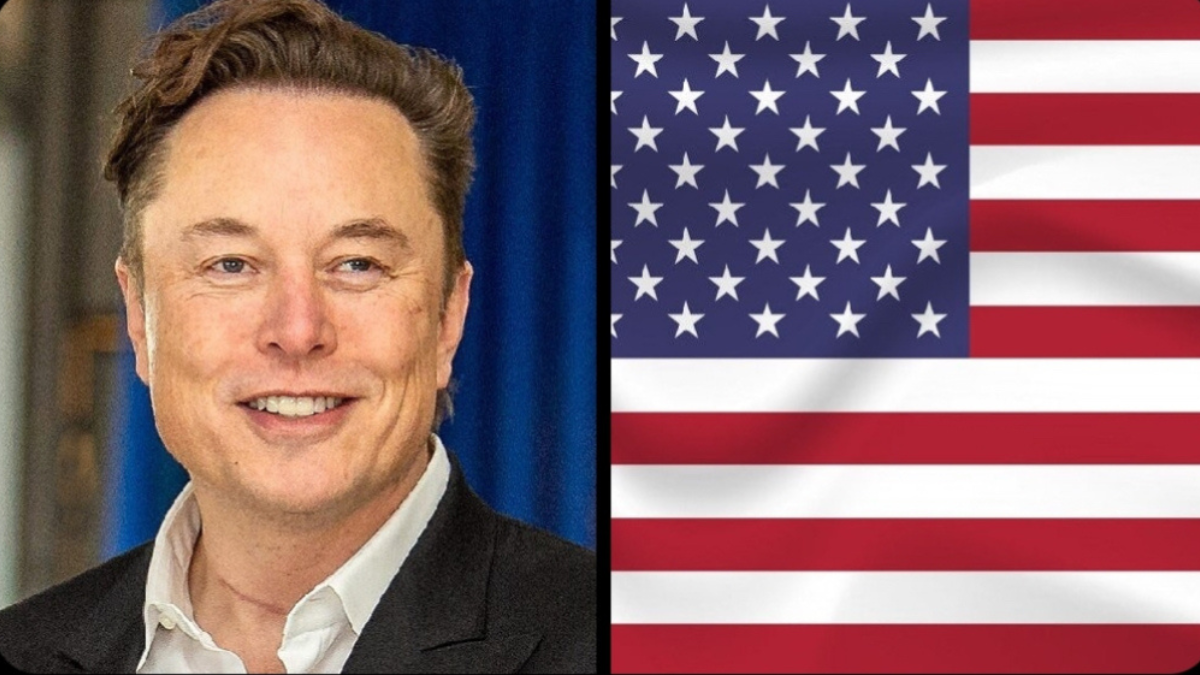
WASHINGTON, D.C. – In a surprising turn of events, Tesla and SpaceX CEO Elon Musk has unveiled a new political movement called the “America Party.” He made the announcement on his social media platform X (formerly known as Twitter) on July 5, right after some sharp disagreements with President Donald Trump, who is still in office.
Musk’s decision clearly highlights a significant ideological divide with Trump and represents a bold attempt to shake up the long-standing two-party system in the United States.
From Ally to Adversary: The Musk–Trump Split

Just a few months ago, Elon Musk was a major supporter of Trump’s 2024 re-election campaign and even played a role in the so-called Department of Government Efficiency (DOGE) – a team formed by Trump to cut federal spending. But things have gotten worse.
Musk has spoken out strongly against Trump’s recently signed “One Big, Beautiful Bill,” a massive $3.3 trillion tax-cut and spending initiative introduced on July 4. Musk has warned that the bill could lead the country into a financial nightmare, calling it “madness” and arguing that it would increase the deficit by trillions.
In retaliation, Trump has threatened to withhold billions of dollars in federal subsidies from Tesla and SpaceX, further increasing tensions between the billionaire and the president.
Polls & Popular Support
Musk’s announcement comes after X ran a poll this Independence Day asking if Americans wanted to be free from a “two-party (or some might say uniparty)” system. The results? Over 1.2 million votes were cast, of which 65.4% said “yes” — that’s a ratio of nearly 2 to 1.
In another survey conducted by Quantus Insights, nearly 40% of Americans said they would likely support Musk if he formed a third party, pointing to an ideological divide:
14% said they are “very likely”
26% said they are “somewhat likely”
38% said they are unlikely, and
22% were unsure
Support for the idea is particularly strong among Republican men and independent voters, though Democrats and older voters seem more hesitant.
America Party : Vision and Platform

The American party envisioned by Musk would look something like this:
– Fiscally conservative, with a strong focus on reducing the deficit
– Deregulatory, advocating free trade, and welcoming high-skilled immigration
– Embracing technology and promoting innovation in AI and energy
– Committed to restoring independence and transparency in governance, while cutting wasteful “pork” spending.
However, Musk hasn’t released any sweeping manifesto yet; instead, he’s focusing on structural issues :
Strategic roll-out and Congress focus
Strategists who are well acquainted with Musk’s initial approach which he has shared through various posts and interviews believe the party will adopt a sharply focused electoral strategy :
They plan to target 2-3 Senate seats and 8-10 House districts where just a few percentage points of votes could shift the balance of power.
This strategy, often used in tight legislative elections, could establish the America Party as a major player in key votes.
This concentrated strategy, Musk believes, will allow him to exert influence without the need for broad national ballot access which parallels ancient Greek military strategy: using concentrated force in key areas.
Difficulties ahead

Launching a third party across the country is quite challenging. There are several hurdles to consider:
State-level ballot laws: Take California, for example, where you need either 0.33% of registered voters or 1.1 million signatures to get on the ballot.
Federal Election Commission Registration and Compliance
Legal and procedural constraints from the established Republican and Democratic party systems
High costs: Legal battles alone can run into millions of dollars.
Historical context: The Libertarian and Green parties spent years garnering minimal support without ever gaining significant power — which shows just how difficult this is.
Still, Musk has the means to launch a serious campaign; however, experts are skeptical that a fully functioning national party will be able to be established before the 2026 midterm elections.
Where does Trump stand now?

President Donald Trump, who took office on January 20, 2025, is currently in the midst of his second non-consecutive term as the 47th president of the United States.
He enjoys solid support, with his approval ratings consistently above 40%, especially among his loyal supporters. Since the beginning of July, his administration has implemented more than 166 executive orders, focusing on key issues such as immigration, trade tariffs, national security, and policies related to the Middle East.
Still, tensions are growing, particularly with Elon Musk:
The conflict began when Musk openly criticized a bill that would increase the deficit, leading Trump to threaten to eliminate subsidies.
Musk, once a staunch ally of Trump, has now taken a more antagonistic stance, warning lawmakers who support the bill that “they will lose their primary elections next year.”
The shift marks a significant change in their relationship, moving from cooperation to confrontation, with Musk now actively challenging Trump’s allies and legislative initiatives.
Broader implications for American politics

The rise of the America Party could significantly change the landscape of American politics:
1. *Is the ‘Uniparty’ coming to an end?*
Musk’s comments are resonating with many who are frustrated with the ongoing bipartisan impasse, and appealing to voters who are looking for independent or tech-savvy alternatives.
2. Disrupting the Republican base : If a third-party candidate begins to attract voters who lean toward the Republican Party, Trump could face a tough time in the midterm elections — especially in those crucial swing states.
3. Focus on AI, innovation and tech : By prioritizing innovation, AI regulation, electric vehicle infrastructure and energy independence, Musk connects with young, tech-oriented voters who are often ignored by traditional politicians.
4. Market Reactions & Investor Concerns
Financial markets reacted quickly: Tesla’s stock took a beating, and investment firm Azoria Partners decided to delay the launch of a Tesla ETF due to uncertainty about Musk’s political involvement.
5. From media spotlight to grassroots engagement
This shift from ally to adversary has brought Musk to the center of national political discussions — making his blog, X, and other media platforms important tools for shaping public opinion.
what lies ahead ?
Get ready for a few busy months ahead:
From July to September 2025, we will establish a “Founders Circle,” bringing together political advisors and entrepreneurs, and begin our organizing efforts at the state level.
By early 2026, we plan to launch congressional campaigns in critical districts and Senate battlegrounds.
As far as ballot access goes, we’ll start collecting signatures in select states.
And when it comes to the midterm debates, it’s still unclear if Musk will attend or support other candidates.
Here are some key points to keep an eye on
Watch for reactions from Trump’s camp—there’s likely to be a counteroffensive aimed at maintaining party unity.
How the media portrays this situation will be important—will Musk be viewed as a champion of freedom or just another billionaire trying to meddle?
Voter motivation is another big question—can tech-liberal populism really resonate beyond social media platforms?
And finally, keep an eye on market reactions—how will Tesla, SpaceX, and overall investor sentiment respond?
Did Trump’s alliance with Elon Musk backfire ?

When President Donald Trump invited Elon Musk to join his close circle – recruiting him for the government efficiency task force – it felt like a bold and strategic decision. A combination of political influence and technological innovation. However, it seems that this decision may backfire in a big way.
Musk, once a staunch Trump supporter, has now positioned himself as a direct political challenger, launching the “America Party” to oppose Trump’s policies — particularly a massive spending bill that Musk described as “insanity.” What began as a partnership aimed at reform has turned into a full-blown confrontation.
Looking back, Trump’s decision to pursue Musk probably won’t be remembered as a political genius… instead, it may be seen as a moment when he inadvertently created his own opposition.








2 thoughts on “Elon Musk Launches “America Party” to Challenge Trump’s Presidency”